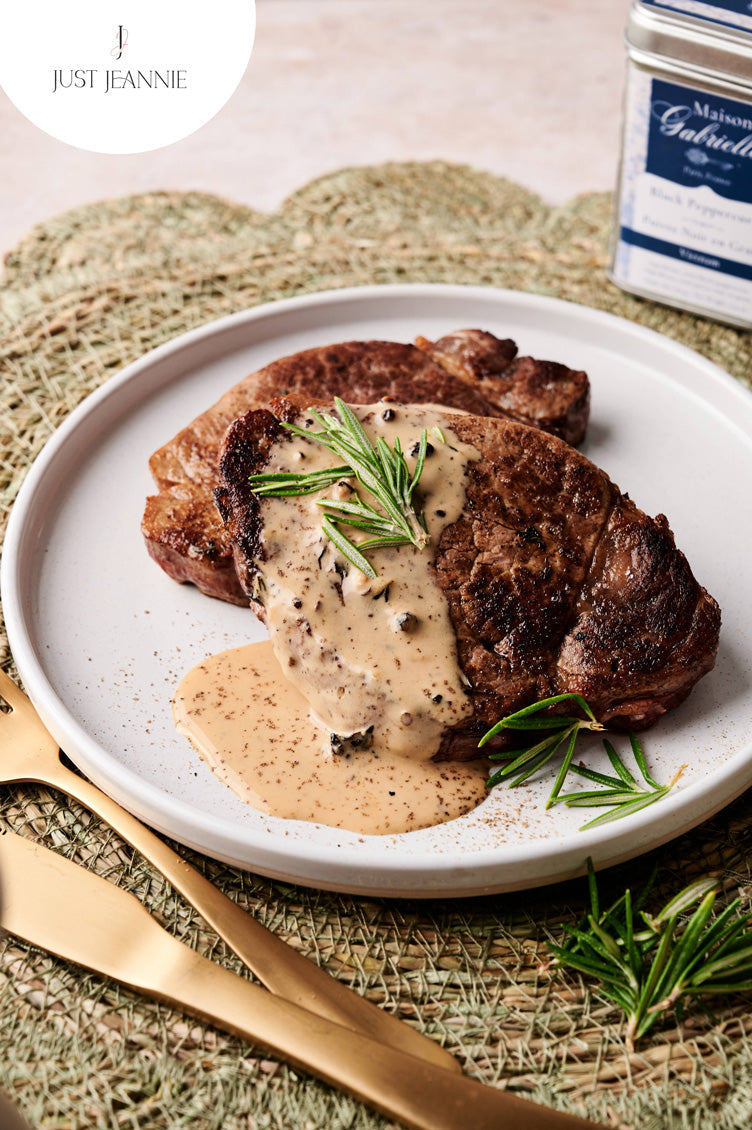
If you could distill the taste of Italian Seasoning into a single ingredient, it would be oregano. Other herbs play their part, but oregano’s zesty, earthy verve makes it an essential flavor across not just Italy, but the entire Mediterranean. Whether you sprinkle it over pizza, stir it into salads, rub it on steaks, or drink it as an herbal tea, there are so many ways to love oregano!
Cultivated oregano—Oreganum vulgare—is a woody shrub in the mint family closely related to another herb, marjoram. The tiny spade-shaped leaves express a potent aroma when crushed; scientists have identified over 60 volatile compounds that make up this oregano essential oil. There are many oregano subspecies and cultivars that are popular in different regions around the world, which may be more or less pungent or spicy, but they’re all the same plant. The exception is Mexican oregano, a Latin American herb with oregano-like flavor that’s often used to season beans. That’s a whole other species, though it’s also in the mint family, and you can cook with it much like true oregano.
Since it’s adapted to grow in hot, dry climates, oregano leaves retain most of their flavor after drying. They’re often paired with other ingredients from the Mediterranean, adding herbal freshness to tomatoes, highlighting the peppery bite of extra virgin olive oil, and drawing out the delicate taste of white-fleshed fish. Traditional European uses abound: toss ground dried oregano leaves with a tomato and cucumber salad, or add it to tomato sauce towards the end of cooking for a kick of herbal fragrance. Oregano is also a natural match for fresh cheeses, sharp citrus, and anything spicy, but especially cured meats.

Grinding the leaves with your FinaPod MAX will express more of their punchy oils for a stronger flavor. This is helpful for making lemony vinaigrettes and marinades for fish and meat—all instances where you want oregano’s concentrated flavor can reach out to touch each bite. In a jam jar, combine the juice of one lemon with ¼ cup of olive oil, a sprinkle of oregano leaves, black pepper, and salt. Seal and shake it for 30 seconds for a zesty salad dressing that will keep for weeks in the fridge.
Hold back on oregano during cooking on the stove; prolonged heat can draw out bitter flavors. Instead, save the dried oregano for the last few minutes to preserve its fresh aroma. As soon as the leaves hit the pot, they’ll begin to release their oregano kick, and every molecule of it that you smell during cooking is one that’s absent when it’s time to eat.
Oregano is a powerful herb that should be handled with care. It has plenty to offer, but can easily overwhelm other ingredients—remember, Italian Seasoning isn’t just oregano. So start with small amounts, introduced towards the end of cooking, and adjust as you go. No other herb can match its kick.





















